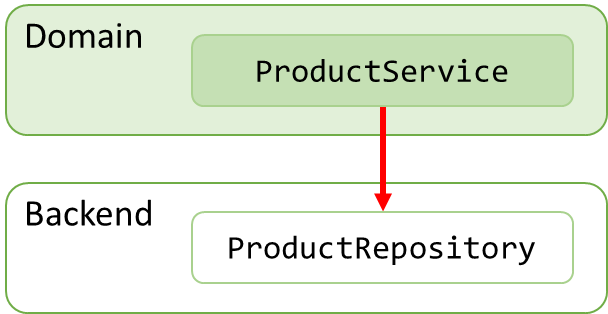How to Read PET Scan: A Comprehensive Guide for Beginners
Understanding how to read PET scans can be an invaluable skill for healthcare professionals and patients alike. Positron Emission Tomography (PET) scans are……
Understanding how to read PET scans can be an invaluable skill for healthcare professionals and patients alike. Positron Emission Tomography (PET) scans are essential imaging tools that provide critical insights into the metabolic processes of the body. This guide aims to simplify the complexities of reading PET scans, ensuring that you gain a solid understanding of this advanced imaging technology.
### What is a PET Scan?
A PET scan is a type of nuclear medicine imaging that utilizes small amounts of radioactive material to visualize and measure changes in metabolic processes, and this is particularly useful in oncology, cardiology, and neurology. By injecting a radiotracer into the body, the PET scan can highlight areas of high metabolic activity, which may indicate the presence of disease.
### Why is Learning How to Read PET Scans Important?
For healthcare professionals, understanding how to read PET scans is crucial for diagnosing conditions, planning treatment, and monitoring response to therapy. For patients, being informed about their scans can help alleviate anxiety and foster better communication with their healthcare providers.
### Key Components of a PET Scan
Before diving into the specifics of how to read PET scans, it’s important to familiarize yourself with the key components:
1. **Radiotracer**: The substance injected into the patient that emits positrons, allowing the scanner to capture images.
2. **Scanner**: The machine that detects the emitted radiation and creates images.
3. **Images**: The resulting images are displayed as a series of slices, which can be viewed in different planes (axial, coronal, and sagittal).
### Steps to Reading a PET Scan
1. **Review Clinical History**: Before interpreting a PET scan, it’s essential to understand the patient’s clinical history and the reason for the scan. This context will guide your interpretation.
2. **Examine the Images**: Look at the PET images, focusing on the areas of increased or decreased radiotracer uptake. Areas with higher uptake may indicate tumors or areas of inflammation.
3. **Compare with Other Imaging**: If available, compare the PET scan with other imaging modalities, such as CT or MRI. This can provide a more comprehensive view of the patient’s condition.

4. **Identify Anomalies**: Look for any anomalies or unusual patterns in the uptake of the radiotracer. This could indicate a variety of conditions, from cancer to infections.
5. **Consult with Colleagues**: If you’re unsure about your findings, discussing them with colleagues can provide additional insights and confirm your interpretations.
### Common Mistakes to Avoid
When learning how to read PET scans, be aware of common pitfalls:
- **Overinterpretation**: Not every area of increased uptake indicates disease. Inflammation, infection, or even normal physiological processes can cause increased radiotracer uptake.
- **Neglecting Clinical Correlation**: Always correlate PET findings with clinical symptoms and other diagnostic tests to avoid misdiagnosis.

- **Ignoring Artifacts**: Be mindful of artifacts that can distort the images, such as motion during the scan or technical issues with the scanner.
### Conclusion
Learning how to read PET scans is a valuable skill that enhances diagnostic capabilities and patient care. By understanding the basic principles of PET imaging, familiarizing yourself with common interpretations, and avoiding common mistakes, you can become proficient in this essential aspect of modern medicine. Whether you are a healthcare professional or a patient, having a grasp of how to read PET scans can empower you to engage more effectively in the healthcare process.